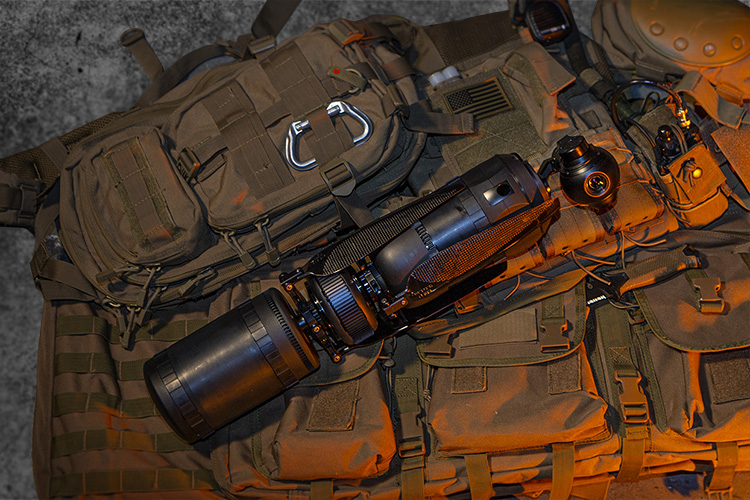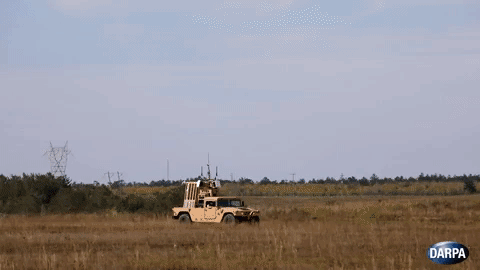
While software will certainly play a prominent role in the next chapter of UAS evolution, operators need an open, high-performance, long-range, all-weather, scalable aircraft at the core regardless of what software, payload, or mission equipment is used. This is what the Spirit is all about.
Many UAV operators overlook the airframe itself when it comes to building out a robust drone system to enhance their operations, but the airframe is the critical infrastructure that software and payloads rely on to do their jobs. To pair great software and payloads with a suboptimal aircraft means you aren’t able to fly what you want, where you want, how you want, when you want.
Spirit’s open-architecture, plug-and-play design makes horizontal integration of the newest software and payloads possible and allows operators to customize capabilities to meet mission requirements while employing an aircraft they can depend on.
Characterized by two coaxial rotors, Spirit’s cylindrical design makes it more rugged, more versatile, more efficient, and easily scalable to accommodate a wide range of payloads, power sources, and launch methods including from the ground, air, sea, or from moving vehicles. Unlike Spirit, traditional quadcopters tend to have limited capability and are unable to withstand harsh weather conditions, while larger, multirotor systems are too bulky and too heavy for single-person portability and tactical use. The video below, released by DARPA, is a great example of what our coaxial UAVs are capable of, and illustrates what operators can get when you pair a truly ruggedized, open-architecture airframe with the software and payloads required to complete the missions.





